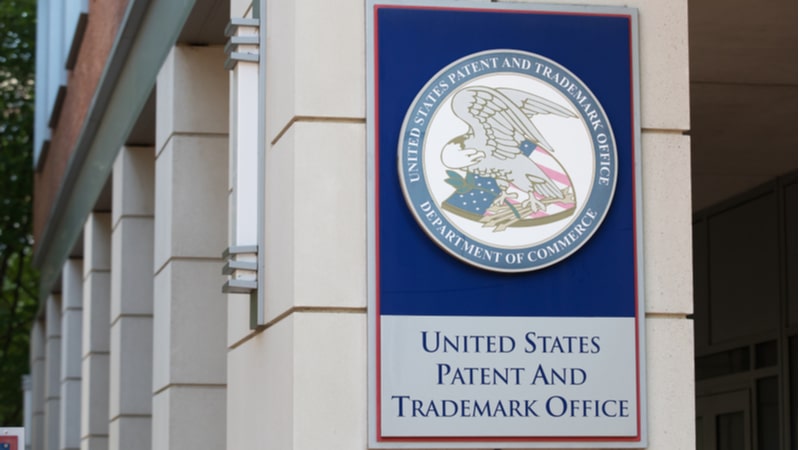
The U.S. Patent and Trademark Office (USPTO) is ramping up its internal generative AI tools and is preparing to roll out an AI training portal “very soon” to help the workforce become more comfortable using GenAI.
During the agency’s “USPTO Hour: IT and innovation” event on Wednesday hosted by the Office of the Chief Information Officer (OCIO), Chief Information Officer (CIO) Jamie Holcombe and Chief Information Security Officer (CISO) Tim Goodwin shared details on the agency’s latest AI tools.
Holcombe – whose last day as CIO is today, Aug. 6 – announced that the agency is planning to roll out its internal generative AI tool known as “Scout” to the entire USPTO enterprise in October.
“If folks don’t know what Scout is, it is our internal generative AI tool that takes in a lot of other large language models into account, and then produces what we use as internal results, outcomes, and then, based on our use cases that we put into the Scout model, we therefore produce tools that come out the other side,” Holcombe explained.
For example, the CIO said that the agency has put the Manual of Patent Examining Procedure (MPEP) into the large language models along with Scout so that new patent examiners can ask Scout questions about their procedures “without having to bother their supervisory patent examiner.”
“You can’t read 1,500 PDF pages and expect to know it. So, it’s a really good training tool,” Holcombe said, adding that it saves employees a lot of time.
Holcombe said that the USPTO has “done Scout in alpha” and is now “moving to the scaling part in beta.”
“In the September to October time frame, we’re going to get the authority to operate. In other words, it’s going to be secure,” Holcombe said. “So, because of that, we can roll it out to our bigger staff throughout the enterprise. The target is in the October time frame.”
In addition to Scout, Holcombe also highlighted the agency’s new AI-based image search tool known as DesignVision. The tool, which the agency announced last month, is available to design patent examiners via the Patents End-to-End (PE2E) search suite.
“We’re using it for our patent designs, as well as the possibilities to use it in our trademark logos and so forth, to help us modernize and become more efficient and reduce the application tendency,” Holcombe said when explaining the tool. “That tendency means the date of application between the date of award or rejection. So, again, better, cheaper, and faster.”
Finally, Goodwin highlighted that the USPTO’s OCIO is working on a GenAI training portal for its employees.
“This is an information resource that our team is looking at that’s going to be extremely helpful to the USPTO employees and our workforce. So, this is getting ready to launch very soon,” Goodwin said. “So, there will be additional messaging about that for internal employees about what this AI training portal is, but essentially, it helps you get introduced to generative AI capabilities.”
Goodwin said the training portal will include helpful use cases and prompts, as well as AI training that some USPTO employees have already gone through and found to be valuable.
“This is going to be a really great resource for all USPTO employees. It’s going to be collaborative, it’s going to be vetted training, and it’s also going to give you prompts and information that you normally want to have available,” Goodwin said.
The CISO emphasized that the employees who are working on this tool have undergone GenAI training themselves and are “subject matter experts.”
“They see the need and they understand what our end users, our employees, need to have available to them to be able to use these AI tools responsibly and also with the proper effect,” he said. “So, … there’s something coming very soon.”
